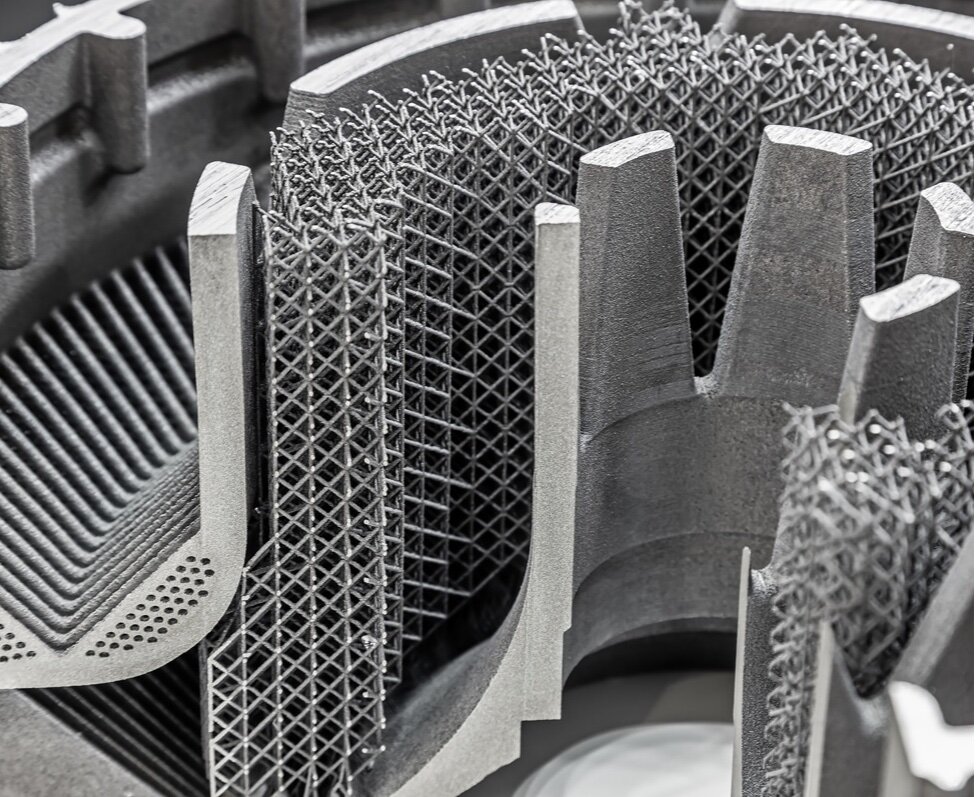Additive manufacturing (AM) is crucial for manufacturers today because it enables the production of highly complex and customized parts that are difficult or impossible to achieve with traditional manufacturing methods. It offers increased design freedom, faster prototyping, reduced material waste, and the ability to create on-demand, decentralized production networks, all of which contribute to enhanced efficiency and competitiveness in the modern manufacturing landscape. AM has long disrupted the prototyping stage of product development, but recent advances in speed of operation, improved materials, and optimization software, now see AM becoming a disruptive force in production scenarios.
High-end, precise motion control systems are critical for the accuracy of additive manufacturing (AM) technologies due to their ability to deliver precise and coordinated movements of components. In AM, layer-by-layer deposition or selective laser sintering/melting requires precise control over the motion of the build platform, printhead, or laser. The accuracy of these movements directly affects the final dimensional accuracy and quality of the printed parts. With the right motion control systems, manufacturers can achieve tight tolerances, ensuring that each layer is accurately positioned and aligned, resulting in precise geometries and dimensional accuracy.

“Furthermore, precise motion control systems play a crucial role in minimizing errors, defects, and inconsistencies in the AM process”, says President of ALIO Industries Bill Hennessey. “Any deviations or inaccuracies in the motion can lead to misalignment, overextrusion, or insufficient material deposition, compromising the integrity and quality of the printed parts. High-end motion control systems offer advanced feedback mechanisms, such as encoders or sensors, that provide real-time position feedback to the control system. This feedback enables closed-loop control, allowing for immediate adjustments and corrections during the printing process, thereby ensuring accurate and consistent deposition of material layer by layer.”
As AM transitions from a prototype to a production technology, the importance of precise motion control solutions increases significantly. In prototyping, the focus is often on creating functional proofs-of-concept or small-scale models, where tolerances and accuracy requirements may be more relaxed. However, as AM evolves into a production technology, the need for precise motion control becomes paramount.
In production-scale AM, there is a higher demand for consistent and repeatable quality across large quantities of parts. Precise motion control ensures that each layer is accurately positioned, minimizing dimensional variations and maintaining the desired geometries throughout the production process. This level of control becomes crucial in achieving tight tolerances and dimensional accuracy, which is essential for meeting the specifications and requirements of end-use parts.
Moreover, precise motion control solutions play a vital role in optimizing production efficiency. As AM is adopted for production applications, speed and productivity become key factors. Precise control over the motion of components allows for optimized path planning, reduced unnecessary movements, and faster deposition rates. This increased efficiency leads to higher throughput and cost-effectiveness in production scenarios.
Hennessey concludes, “ALIO Industries serves as a crucial one-stop-shop for all positioning requirements in AM applications, offering a comprehensive range of motion solutions. Our diverse portfolio, including XY-stages, 6D Hybrid Hexapods, gantries, and fully assembled motion solutions, caters to the varied needs of AM practitioners, simplifying the selection and integration process. By providing a single source for positioning components, ALIO streamlines procurement, ensures compatibility, and facilitates technical support, ultimately enhancing operational efficiency and reliability for AM system developers and operators.”




